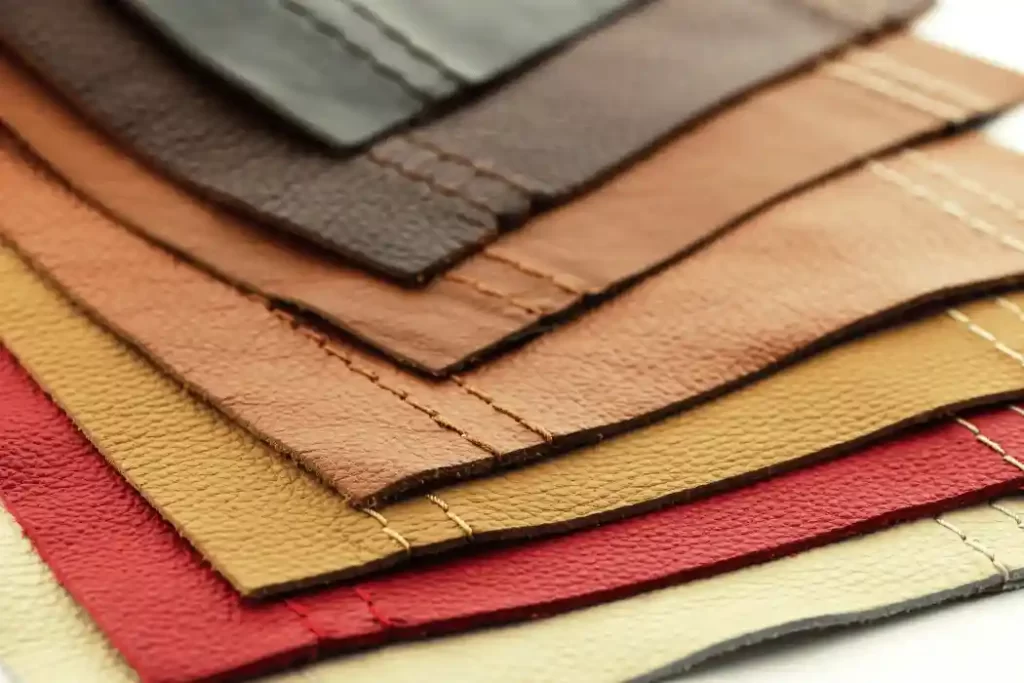As the world becomes more aware of the impact of consumerism on the environment, sustainable choices are becoming more important than ever. This is particularly true in the furniture industry, where sustainability is becoming a key concern for consumers and manufacturers alike. Upholstery, in particular, is an area where sustainable choices are having a significant impact. In this article, we will explore how the upholstery revolution is changing the furniture industry.
What is Upholstery?
Before we delve into the revolution, let us first understand what upholstery is. Upholstery is the art of covering furniture, particularly seats and sofas, with fabric or leather. This technique has been in use since ancient times when people used animal hides and furs to cover furniture. In modern times, upholstery has become a specialized skill, and there are trained professionals who work in this field. The upholstery process involves measuring and cutting the fabric or leather to fit the furniture, attaching it with staples or tacks, and adding padding for comfort.
Why is Upholstery Important?
Upholstery is an essential aspect of furniture because it provides comfort and aesthetic appeal. A well-upholstered chair or sofa can transform a room, and the right upholstery can make furniture last for years. Upholstery also protects the furniture from wear and tear and can help to keep it clean.
However, upholstery is not just about comfort and aesthetics; it also has an impact on the environment. The upholstery industry uses a lot of resources, including water, energy, and raw materials. Many of these materials are non-renewable, and the production of upholstery fabrics and foams can have a significant carbon footprint.
The Upholstery Revolution
The upholstery revolution is a movement towards more sustainable choices in the furniture industry. This movement is driven by consumers who are becoming more aware of the impact of their choices on the environment. As consumers demand more sustainable products, manufacturers are starting to respond by offering more eco-friendly options. Planning a home renovation can be an exciting opportunity to transform your living space and add value to your property.
One of the most significant changes in the upholstery industry is the use of sustainable materials. In the past, upholstery was often made from synthetic materials that were not biodegradable and had a significant carbon footprint. Today, manufacturers are using more sustainable materials such as organic cotton, linen, and hemp. These materials are renewable, biodegradable, and have a lower carbon footprint than synthetic materials.

Another significant change in the upholstery industry is the use of recycled materials. Many manufacturers are now using recycled fabrics and foams in their upholstery. Recycled fabrics can be made from a variety of sources, including old clothes, curtains, and other textiles. Recycled foams are made from foam scraps that are typically discarded during the manufacturing process. By using recycled materials, manufacturers can reduce waste and conserve resources.
In addition to sustainable and recycled materials, the upholstery industry is also embracing new technologies that can reduce its environmental impact. For example, some manufacturers are using digital printing techniques that reduce water usage and eliminate the need for harmful chemicals. Others are using 3D printing technology to create furniture that is more sustainable and durable.
The Benefits of Sustainable Upholstery
The move towards sustainable upholstery has several benefits. First, it reduces the environmental impact of the furniture industry. By using sustainable materials and technologies, manufacturers can reduce their carbon footprint and conserve resources. This is important because the furniture industry is one of the largest users of natural resources, including wood, water, and energy.
Second, sustainable upholstery is better for human health. Many traditional upholstery materials contain harmful chemicals that can off-gas and cause health problems. Sustainable materials are typically free of these chemicals, making them safer for use in homes and offices.
Third, sustainable upholstery is often more durable than traditional upholstery. This is because sustainable materials are typically higher quality and have been produced with care and attention to their environmental impact. Furniture made from sustainable materials can last longer and be repaired more easily, reducing waste and the need for new purchases.
Fourth, sustainable upholstery can also be more affordable in the long run. While sustainable materials may be more expensive to produce initially, they are often of higher quality and can last longer, reducing the need for replacements in the future.
The Challenges of Sustainable Upholstery
While the move towards sustainable upholstery is positive, there are still some challenges that need to be addressed. One of the biggest challenges is the lack of awareness and education about sustainable upholstery. Many consumers are not aware of the impact of their furniture choices on the environment, and may not understand the benefits of sustainable upholstery.
Another challenge is the cost of sustainable materials. While sustainable materials are becoming more widely available, they are often more expensive than traditional materials. This can make sustainable upholstery less accessible to some consumers.
Finally, there is a lack of standardization in the industry, which can make it difficult for consumers to identify truly sustainable products. While there are some certifications for sustainable products, such as the Global Organic Textile Standard (GOTS) and the Forest Stewardship Council (FSC), these certifications are not yet widely adopted.
Conclusion
The upholstery revolution is changing the furniture industry by promoting sustainable choices. With the increasing awareness of the impact of consumerism on the environment, it is becoming more important than ever to make sustainable choices in our purchases. Sustainable upholstery offers several benefits, including reducing the environmental impact of the furniture industry, improving human health, and increasing durability. However, there are still challenges that need to be addressed, including lack of awareness, high costs, and lack of standardization. By continuing to push for sustainable choices in the furniture industry, we can create a better future for both ourselves and the environment.

